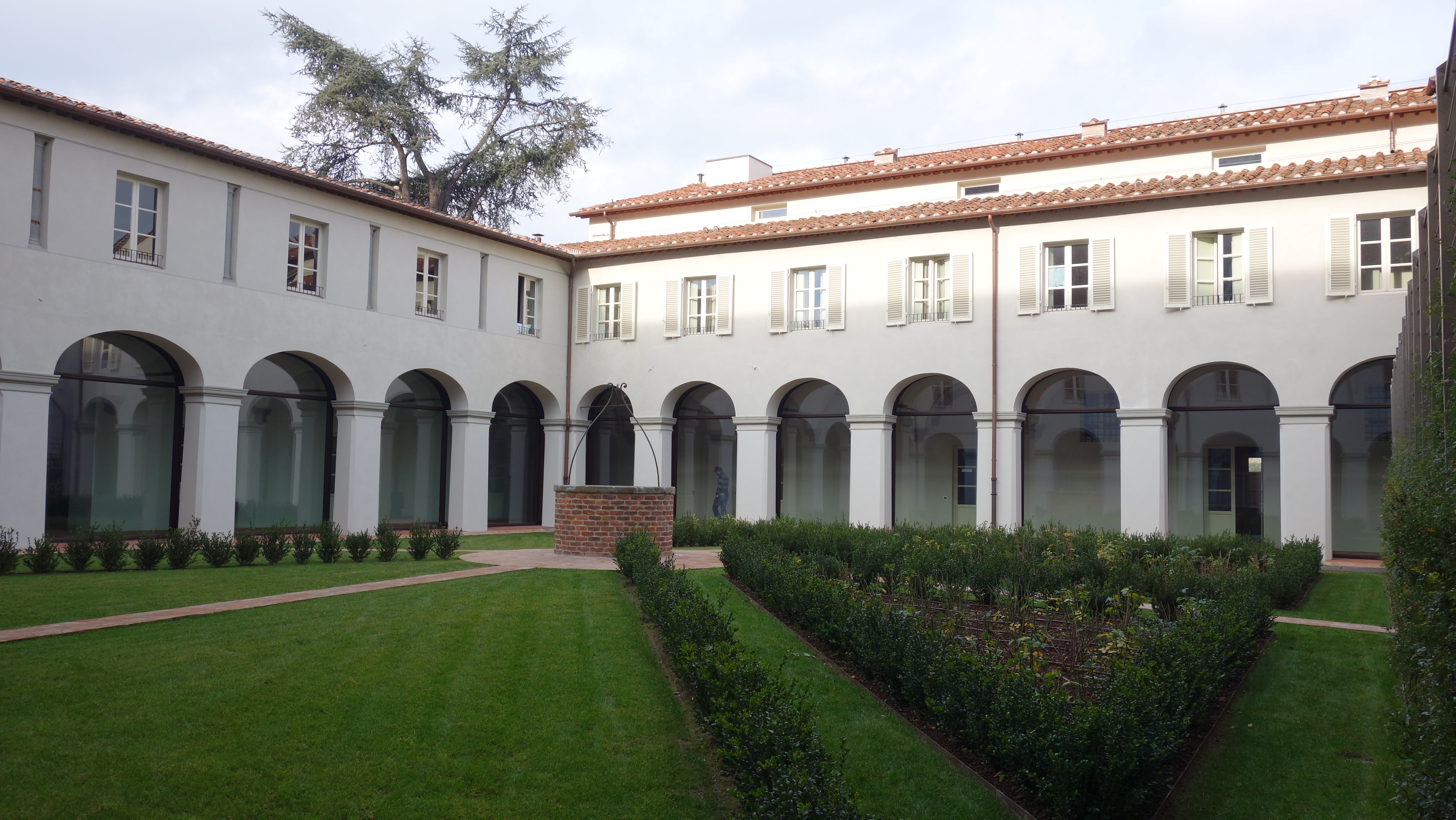Dynamic networks: where mathematicians
For mathematicians, engaging with academic colleagues from other domains is always a rewarding experience.
These interactions often serve as a catalyst for new ideas and insights, encouraging the development of innovative models and methodologies. Mathematics, at its core, is a universal language that can be applied across a wide array of disciplines — from physics and engineering to economics, biology, and beyond. When mathematicians collaborate with experts in other fields, they not only gain fresh perspectives on their own work but also acquire a deeper understanding of the complex, real-world problems that their mathematical tools and techniques can help solve.During my time at the IMT School for Advanced Studies in Lucca, I had the privilege of working closely with Professor Diego Garlaschelli, a renowned physicist whose research has made significant contributions to the field of econophysics. Professor Garlaschelli is widely recognized for his pioneering work in applying concepts and techniques from statistical physics to understand complex systems in economics and other social sciences. His innovative approach has been instrumental in bridging the gap between physics and disciplines that are not traditionally associated with the physical sciences.
The visit offered me the opportunity to engage in a series of thought-provoking discussions with Professor Diego Garlaschelli on dynamic versions of commonly used network models. This area of study has become increasingly relevant, as it addresses the complex nature of real-world networks, which are often not static but evolve over time. Whether in the context of social networks, financial systems, biological networks, or communication infrastructure, most real-world networks exhibit dynamic properties, such as changing connections, evolving interactions, and fluctuating behaviors. Understanding these dynamics is crucial for both theoretical research and practical applications, as it can offer deeper insights into the functioning, resilience, and vulnerabilities of such systems.
The methodology we employed during my visit is deeply rooted in Professor Garlaschelli's renowned entropy-based approach, which he originally developed for static network models. This approach leverages entropy, a key concept from information theory, to quantify the uncertainty and complexity within network structures, offering a powerful way to describe and analyze the configurations of static networks. The entropy-based framework has proven to be highly effective in identifying the most likely network configurations, given a set of constraints or observations, and it has been widely applied in a variety of contexts, from statistical physics to network science.
In addition to adapting the entropy-based framework, we introduced a firm statistical approach to our methodology. This allowed us to not only develop more sophisticated models but also to establish performance guarantees for the estimators we constructed. By incorporating statistical techniques such as maximum likelihood estimation and Bayesian inference, we were able to develop estimators that are not only grounded in theory but also have provable guarantees regarding their performance, even in the presence of noisy, incomplete, or sparse data. This combination of entropy-based modeling with rigorous statistical methods was a significant breakthrough in our work, as it allowed us to quantify the uncertainty of our estimations and provide clear bounds on their reliability.

